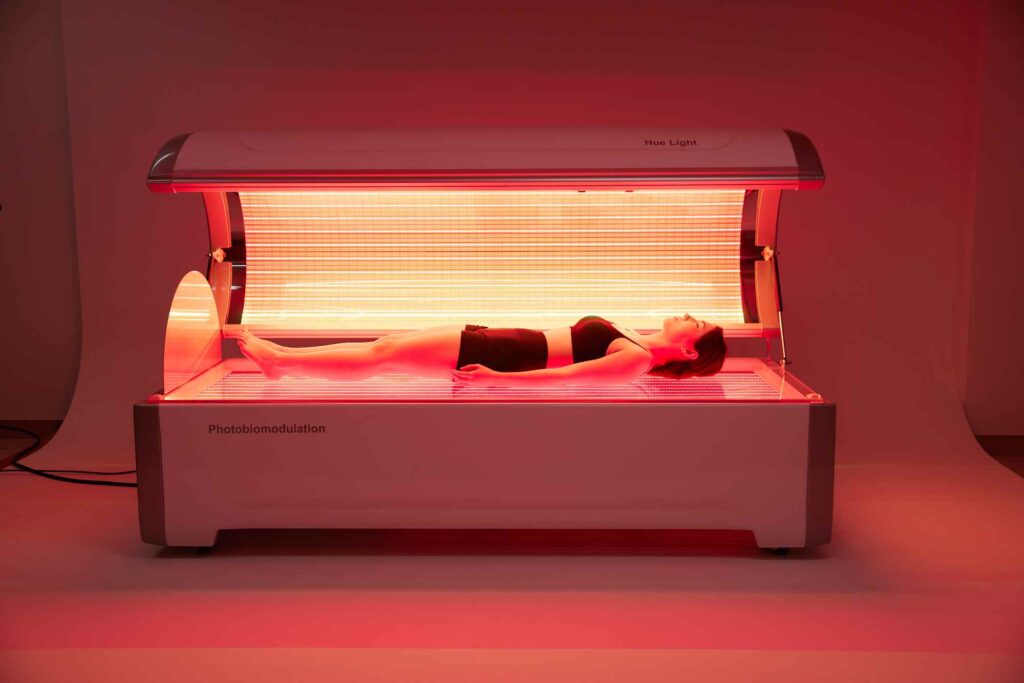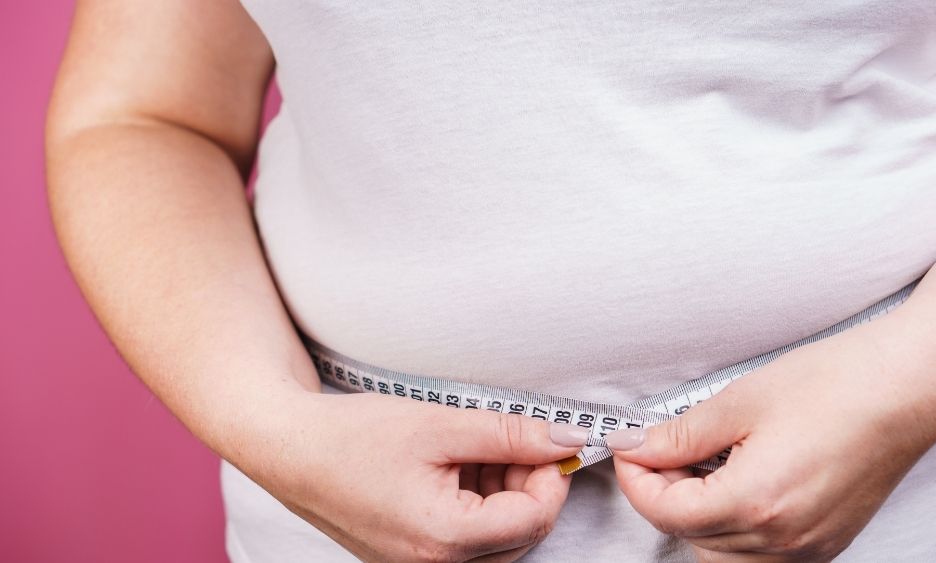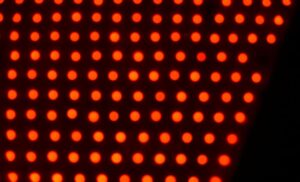Weight loss remains one of the most common health goals worldwide. From strict diets to intense exercise programs, millions of people are searching for ways to shed stubborn fat and improve their overall health. While traditional weight loss methods like diet and exercise are always the foundation of a healthy lifestyle, non-invasive technologies are gaining attention as supportive tools. One of the most talked-about topics today is red light therapy for weight loss.
Also known as low-level laser therapy (LLLT) or photobiomodulation (PBM), this technique uses specific light wavelengths to stimulate biological processes in the body. Originally studied for skin health, wound healing, and reducing inflammation, researchers are now exploring its role in fat reduction, metabolism, and body contouring.
But does red light therapy help with weight loss? Can simply shining a light on your body really make a measurable difference? This comprehensive guide examines the science, the benefits, the limitations, and practical tips for using red light therapy weight loss protocols safely and effectively.
What Is Red Light Therapy & How Does It Work?

Red light therapy treatments involve exposing the body to low levels of red or near-infrared light, usually in the 600–850 nanometer range. Unlike ultraviolet (UV) rays, which can damage the skin, red and near-infrared light penetrate safely into adipose tissue, reaching cells, blood vessels, and even muscles.
At the cellular level, the light is absorbed by the mitochondria, the energy-producing structures often described as the “powerhouses” of the cell. When mitochondria absorb this light, they produce more adenosine triphosphate (ATP), the molecule that fuels almost every biological function.
This increase in ATP has several downstream effects:
- Enhanced cellular energy → Helps the body burn calories more efficiently.
- Improved Blood circulation and Blood Flow → Supports nutrient delivery and fat metabolism.
- Reduced oxidative stress → Lowers Chronic inflammation, which often blocks fat loss.
- Stimulated collagen production → Improves skin firmness and elasticity.
Because of these combined effects, light therapy for weight loss has become popular not just for fat loss but also for skin tightening, cellulite reduction, and even sports performance recovery.
How Red Light Therapy Supports Weight Loss

Although a healthy diet, nutrition, exercise, and physical activity remain the foundation of sustainable weight management, growing evidence shows that red light therapy can play a supportive role. It works by targeting cellular energy systems, fat metabolism, inflammation, and even hormone regulation. Here are the key ways it may contribute:
1. Boosting Metabolism at the Cellular Level
By stimulating mitochondrial activity, red light increases energy production, allowing the body to burn calories more effectively. This cellular boost helps maintain a healthier metabolism, making it easier to reach and maintain your goal weight.
2. Influencing Fat Cell Behaviour
Research suggests that red light therapy treatments can temporarily alter the structure of adipocytes (fat cells). The light creates small openings in their membranes, allowing stored fatty acids (triglycerides) to escape into the bloodstream. Once released, these fatty acids can be used as energy during exercise or daily activity. Over time, this process may reduce the size of fat cells, leading to subtle improvements in body composition.
3. Reducing Inflammation and Fluid Retention
Chronic inflammation makes it harder to lose weight, disrupts insulin function, and encourages fat storage. By offering anti-inflammatory effects and improving lymphatic drainage, red light therapy helps reduce puffiness, water retention, and swelling, all of which can make the body appear leaner.
4. Supporting Hormonal Balance
Hormones like insulin, leptin, and thyroid hormones strongly influence weight management. Some clinical studies and pre-clinical research suggest that low-power laser therapy and infrared light exposure may help regulate these systems, leading to better appetite control, stable metabolism, and positive results in body shaping.
Does Red Light Therapy Help with Weight Loss? What the Evidence Says
The big question many people ask is: Does red light therapy help with weight loss? Clinical studies and a growing body of evidence suggest that while results vary, therapy for weight loss can provide significant improvement when used consistently.
- A 2011 study in the Journal of Obesity Surgery found that participants who underwent red light therapy weight loss treatments on the abdomen twice per week for four weeks saw significant reductions in waist circumference compared to a placebo group.
- A 2013 trial published in Lasers in Surgery and Medicine reported measurable decreases in fat layer thickness in the thighs and hips after multiple sessions of RLT.
- A 2018 Systematic review of photobiomodulation concluded that while results vary, consistent use of red light therapy shows promise in reducing body measurements and improving body contouring.
It’s important to highlight that these results are typically modest. Most studies show reductions in circumference of 2–5 centimeters in targeted areas over several weeks. That may not sound dramatic, but for people struggling with stubborn fat or plateauing in their weight loss journey, it can provide an encouraging boost.
In short: Yes, red light therapy can help with weight loss, but it should be seen as a complementary tool, not a stand-alone solution.
How Quickly Can You Expect Results?
One of the most common concerns people have is: How long will it take before I notice changes?
The timeline depends on:
- Frequency of sessions: Clinical studies often use 2–3 sessions per week.
- Targeted body area: Smaller areas like the arms may respond faster than the stubborn abdominal fat.
- Lifestyle factors: Combining RLT with healthy nutrition, a healthy diet, good sleep, and exercise significantly improves results.
- Device quality: Professional machines may produce quicker changes, but consistent home use can be just as effective over time.
Most people start to notice subtle improvements such as reduced puffiness or firmer skin within 3–4 weeks. More measurable reductions in thigh circumference or waistline generally take 6–12 weeks of consistent use.
Best Wavelengths & Treatment Guidelines
Scientific studies suggest that the following ranges are most effective for fat loss and metabolic support:
- Red Light (630–680 nm): Targets the skin’s Surface and superficial tissues, helping with fat cell shrinkage and skin tightening.
- Near-Infrared Light (780–850 nm): Reaches deeper tissues to enhance circulation, lower inflammation, and aid recovery after exercise.
- Infrared light (900–980 nm): Penetrates deeply, improving systemic energy and fat metabolism.
General session guidelines for therapy for weight loss:
- Duration: 15–20 minutes per session.
- Frequency: 3–5 times per week.
- Consistency: At least 8 weeks for a significant reduction in body measurements.
Always use devices as directed and avoid overuse. It is possible to overdo red light therapy, which may cause mild redness or temporary discomfort.
Related Article: Best Wavelength for Red Light Therapy
Beyond Fat Loss: Additional Benefits of Red Light Therapy

The potential benefits of red light therapy go beyond simply trying to remove fat.
- Skin improvements: Firmer skin, fewer wrinkles, and help with acne vulgaris and sun damage.
- Cellulite reduction: Smoother appearance in problem areas.
- Muscle recovery: Supports athletes and enhances sports performance.
- Improved circulation: Better oxygen and nutrient delivery to human muscle tissue.
- Better sleep and reduced stress levels: Helps regulate hunger hormones and cortisol.
- Relieve pain: Used for joint discomfort and post-workout soreness.
These potential benefits make red light therapy treatments not just about slimming, but part of a complete health toolkit.
How to Maximize Red Light Therapy Weight Loss Results
To get the best outcomes, think of red light therapy as one piece of your weight management plan. Here are some strategies to maximize its effectiveness:
- Pair with Exercise: RLT releases fatty acids into the bloodstream, but without activity, they may be restored. Light cardio or strength training after a session helps burn these fatty acids as energy.
- Maintain a Balanced Diet: A diet rich in lean protein, vegetables, whole grains, and healthy fats ensures your metabolism has the support it needs. Avoid highly processed foods that promote inflammation.
- Stay Hydrated: Water helps transport fatty acids and supports detoxification processes in the body.
- Prioritize Sleep: Good sleep regulates hunger hormones (leptin and ghrelin) and supports healthy metabolism.
- Be Consistent: Just like diet and exercise, red light therapy requires consistent practice. Occasional use will not produce noticeable results.
Safety, Risks & Who Should Avoid It
One of the biggest advantages of red light weight loss treatments is their safety profile. Unlike invasive procedures such as liposuction, RLT is painless, requires no recovery time, and has minimal risks.
Possible mild side effects:
- Slight warmth or tingling during sessions
- Temporary redness of the skin
- Rare mild headaches if overused
Who should consult a doctor first:
- Pregnant or breastfeeding women
- People with health conditions (e.g., active cancer)
- Individuals taking photosensitizing medications
For the vast majority of users, red light therapy is non-invasive and generally considered safe when used as directed.
Is Red Light Therapy Weight Loss Worth It?

This is another common question. Compared to surgical procedures, RLT is much less expensive and carries far fewer risks. While professional treatments can add up in cost, at-home devices provide a long-term solution at a one-time price.
Whether it’s “worth it” depends on your expectations. If you’re hoping to lose 20 pounds with red light therapy alone, you will be disappointed. But if your goal is to:
- Reduce stubborn fat in problem areas
- Improve skin firmness and appearance
- Support overall metabolic health
- Complement a healthy lifestyle
- Subtle body contouring or body sculpting
…then yes, red light therapy for weight loss can absolutely be worth it.
Choosing a Reliable Device
The effectiveness of treatment depends heavily on the quality of the device used. Look for units that combine red and near-infrared wavelengths, cover a large treatment area, and are built with safety in mind.
One example is Hue Light photobiomodulation (PBM) devices, which offer professional-grade technology designed for safe, consistent at-home use.
Related Article: The Ultimate Guide to Buying Red Light Therapy DevicesChoosing a Reliable Device
Final Thoughts
So, does red light therapy help with weight loss? The evidence suggests that it can, but it should be seen as a supportive tool rather than a stand-alone solution. By enhancing cellular metabolism, influencing fat cell activity, reducing inflammation, and improving circulation, red light therapy provides measurable benefits that complement diet, exercise, and other healthy habits.
The greatest advantage of red light therapy weight loss protocols is that they are non-invasive, safe, and provide additional wellness benefits beyond fat reduction. For anyone struggling with stubborn fat or looking to enhance their weight management journey, this therapy offers a scientifically backed, practical option worth considering.
With the right device, consistent use, and a commitment to healthy living, red light therapy for weight loss can be a valuable part of your wellness toolkit, helping you look and feel your best in a sustainable way.











